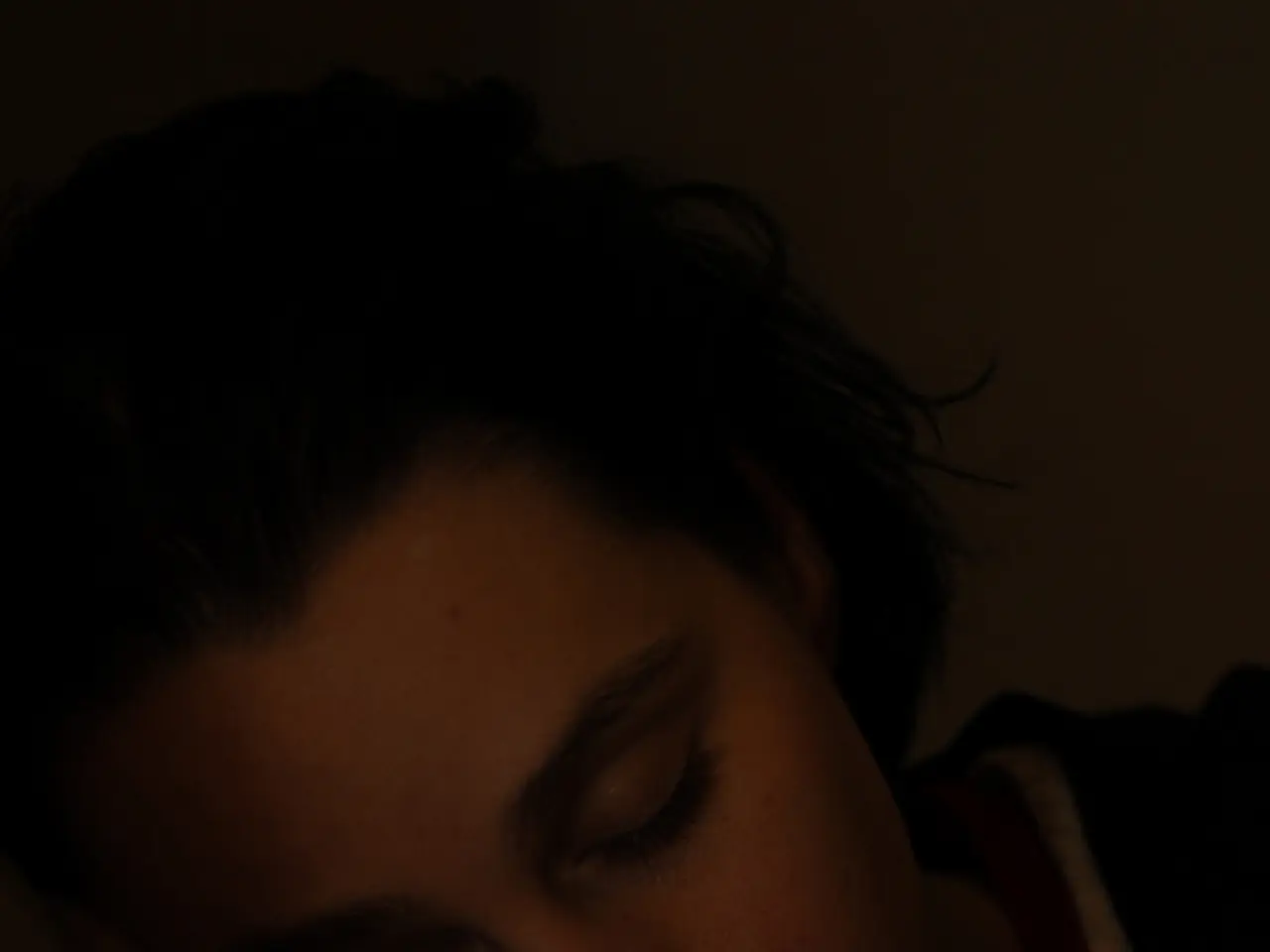Sleep Assessment through Multiple Sleep Latency Test (MSLT): Understanding the Process
The Multiple Sleep Latency Test (MSLT) is a valuable tool in diagnosing sleep disorders characterized by excessive daytime sleepiness and abnormal sleep patterns. This test is particularly useful in diagnosing narcolepsy and idiopathic hypersomnia, conditions marked by excessive daytime sleepiness and early onset of rapid eye movement (REM) sleep during naps.
The MSLT also aids in evaluating the severity of excessive daytime sleepiness, a symptom that may also present in other sleep-related conditions such as insomnia, obstructive sleep apnea (OSA), periodic limb movement disorder, and circadian rhythm disorders. However, it's important to note that excessive daytime sleepiness is also seen in certain neurological disorders, but the MSLT is not typically used to diagnose these directly.
The MSLT is usually conducted following an overnight polysomnography (PSG) sleep study to ensure adequate sleep and to rule out other sleep disorders affecting daytime sleepiness. This makes the MSLT a central diagnostic tool in differentiating causes of excessive daytime sleepiness and related sleep disorders.
For individuals who are sleepy during the day for no apparent reason or who become sleepy in unusual situations like while working or driving, a doctor may suggest an MSLT, also known as a daytime nap study. If the results indicate one of these conditions, the sleep specialist will explain the diagnosis and work with the individual to put together a treatment plan.
After the sleep study, a person will have a follow-up appointment with a sleep specialist to discuss the results. People with narcolepsy typically have two or more REM sleep stages during an MSLT, while those with idiopathic hypersomnia may fall asleep easily but not reach the REM stage during the test.
MSLTs are generally reliable for diagnosing narcolepsy type 1, but less reliable for diagnosing sleep disorders that do not cause cataplexy, such as narcolepsy type 2 and idiopathic hypersomnia. If the results do not reveal anything but a person continues having symptoms that suggest narcolepsy or idiopathic hypersomnia, a doctor may decide to try these procedures again or try other tests to rule out other explanations.
The MSLT consists of four or five naps, each 2 hours apart, and the mean sleep latency from all of the naps is used to calculate an average result. After repeated MSLTs, the test confirms a diagnosis in 91% of narcolepsy type 1 cases, 45% of narcolepsy type 2 cases, and 49% of idiopathic hypersomnia cases.
A PSG (polysomnography) is usually performed before an MSLT, and it involves staying overnight at a sleep center or hospital room with sensors attached to the body to monitor sleep patterns. During a PSG, the sensors monitor breathing, heart rate, brain waves, oxygen levels, leg movement, arm movement, and eye movement.
Preparation for an MSLT may include keeping a normal sleep routine, completing a sleep diary, wearing an actigraph, informing doctors about medications, avoiding caffeine, bringing sleep aids, and bringing entertainment items.
Treatment for narcolepsy and idiopathic hypersomnia may include medications to reduce excessive sleepiness in the daytime, changes to improve the person's sleep, changes to the person's diet or lifestyle, and safety measures for people with narcolepsy who may have sleep attacks or cataplexy while driving or operating machinery.
In summary, the MSLT is a crucial diagnostic tool in identifying and managing excessive daytime sleepiness disorders such as narcolepsy and idiopathic hypersomnia. By understanding the symptoms and undergoing the MSLT, individuals can receive a proper diagnosis and begin treatment to improve their quality of life.
- The MSLT is useful in evaluating the severity of wellbeing related to daytime sleepiness, a symptom that may also present in various health-and-wellness conditions.
- In certain medical-conditions, such as neurological disorders, excessive daytime sleepiness is seen, but the MSLT is not typically used to diagnose these directly.
- The solution for individuals with sleepiness during the day or unusual sleepiness like while working or driving may be an MSLT, also referred to as a daytime nap study.
- People with narcolepsy and idiopathic hypersomnia may have different outcomes in MSLTs; narcolepsy patients tend to have multiple REM sleep stages, while idiopathic hypersomnia patients may easily fall asleep but not reach REM sleep in the test.
- Treatment for excessive daytime sleepiness conditions like narcolepsy and idiopathic hypersomnia may include sleep medications, lifestyle changes, dietary adjustments, and safety measures to prevent accidents during sleep attacks or cataplexy.




